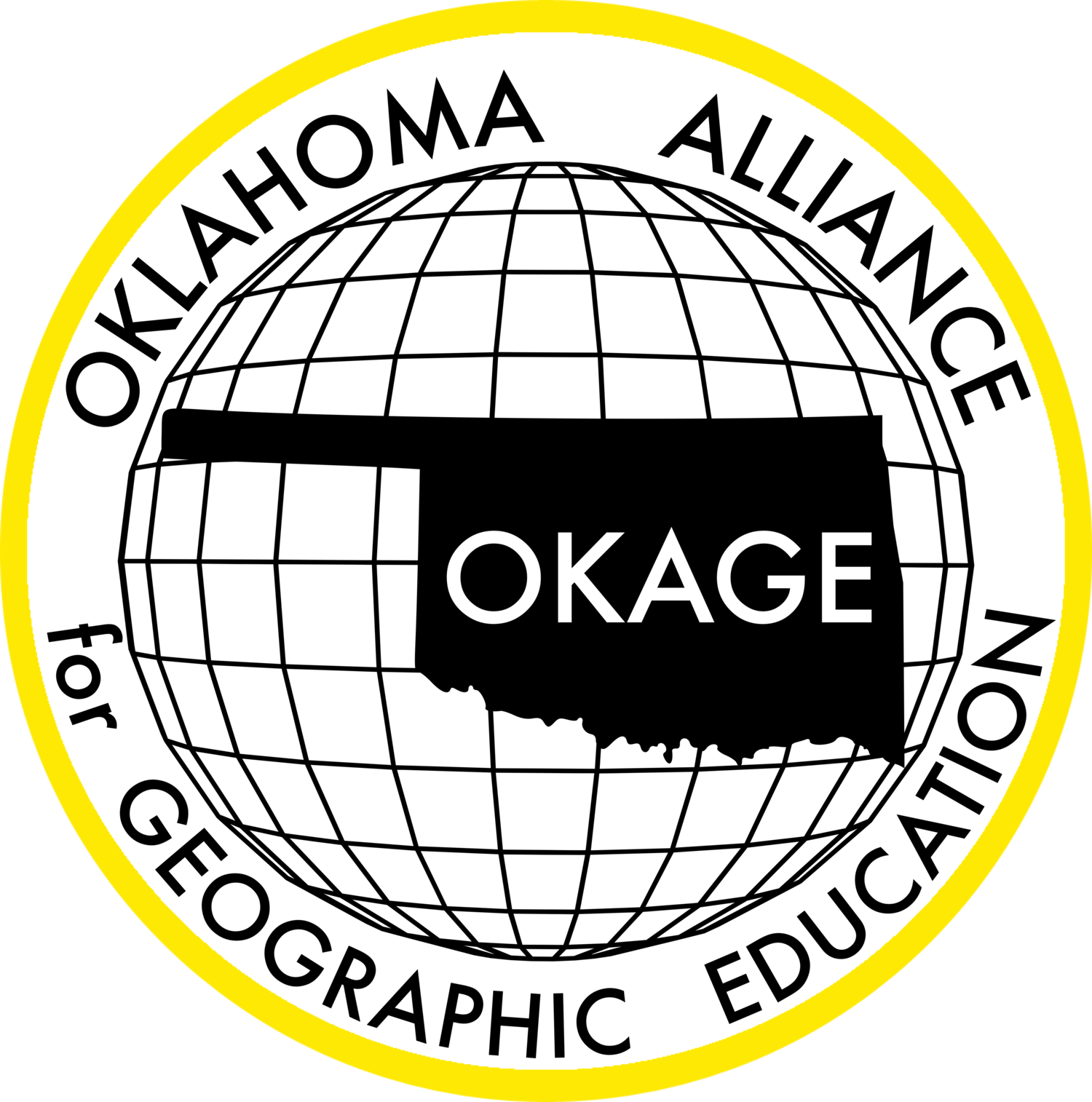Description: Join the Oklahoma Alliance for Geographic Education and the State Department of Education for a professional development session titled “Using Science, Math, Social Studies, English Language Arts, and Geography to Understand What Really Happened to the Grid During the Last Snowstorm!”
We know the snowstorm of February 2021 exposed the sensitivities of the grid systems. What happened in Texas can and does happen elsewhere, for various reasons. The public view and the industry view differ. So, the question for us is: "What really happened?" During this presentation, we will highlight how elements from all subject areas can be used to explain the causes of this incident as well as understand implications for future service interruptions due to extreme weather events.
Kylah McNabb is a renewable energy specialist, policy advisor, and educator. She currently is the Principal of Vesta Strategic Solutions, LLC, in OKC. Prior to that, Kylah served as a Renewable Energy Specialist, Oklahoma Department of Commerce, 2008-2017, and as an Energy Policy Advisor, Oklahoma Secretary of Energy & Environment, 2016-2017. Kylah will share her unique insights and data regarding the recent events. Her perspective will not only include what did happen but also, what did not happen!
Watch the recording of the session here.
Grade level(s): Elementary, Middle School, High School
Standards: OAS
Produced By: Kylah McNabb





















